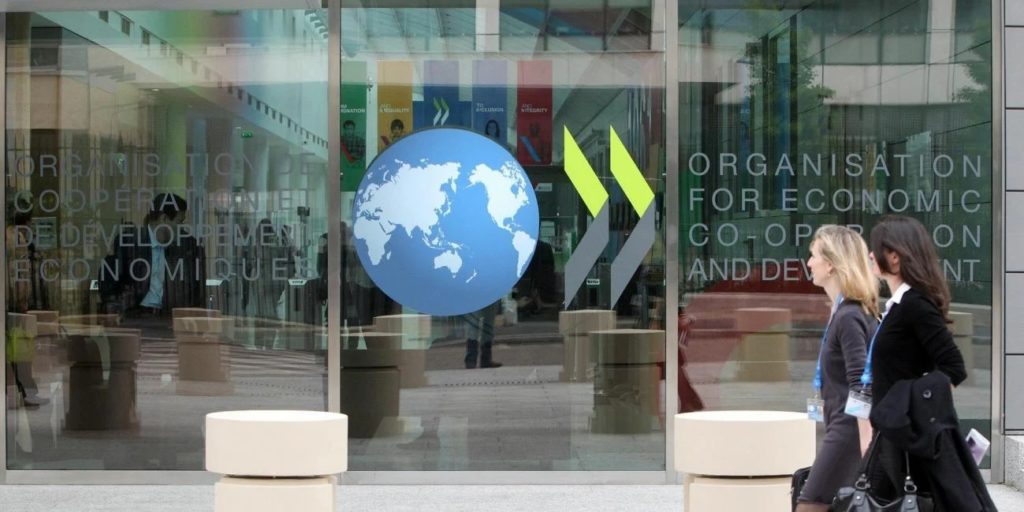

Inflation in the Organization for Economic Cooperation and Development (OECD) area rose to 7.7 per cent in February 2022, reaching its highest rate since December 1990.
This compared with 7.2 per cent in January 2021. In February last year, inflation rose by just 1.7 per cent in February last year. Year-over-year inflation in the G20 area increased to 6.8 per cent in February, relative to 6.5 per cent in January.
This increase in inflation reflected in part another sharp rise in prices in Turkey, which increased from 48.7 per cent in January to 54.4 per cent in February. Excluding Turkey, inflation in the OECD area rose to 6.3 per cent, following 5.8 per cent in January 2022.
Energy and food prices continued to boost inflation in a majority of OECD countries. Excluding food and energy, year-over-year inflation in the OECD area increased to 5.5 per cent, after registering 5.1 per cent in January. Outside the OECD area, year-over-year inflation rose significantly in Argentina.
Inflation in major countries
However, it was stable in China and South Africa while it declined in India. In February, year-over-year inflation increased in all G7 economies.
The largest increases were recorded in Italy and France with 0.9 and 0.8 percentages, respectively. The lowest increase of 0.2 percentage points was recorded in Germany.
In the United States, year-over-year inflation came out at 7.9 per cent, the highest rate since January 1982. Inflation excluding food and energy was the main driver of overall inflation in Canada, Germany, the United Kingdom and the United States, while energy was the main contributor to inflation in France and Italy
In the Euro Area, overall inflation as measured by the harmonised index of consumer prices (HICP) rose to 5.9 per cent in February 2022, compared with 5.1 per cent in January and just 0.9 per cent in February last year. Excluding food and energy, inflation in the Euro Area increased to 2.7 per cent in February, compared with 2.3 per cent in January.







Comments